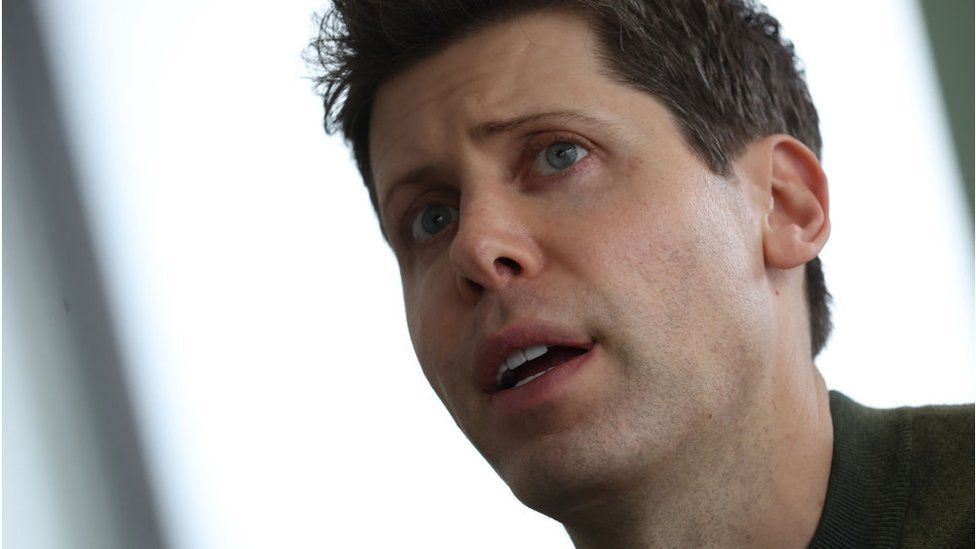-

-
-
Loading

Loading

Sam Altman's recent firing as CEO of OpenAI has raised a lot of questions about the decision-making process in the company, particularly how just four board members had the power to remove him from his position. To understand the reasons behind this, we have to go back to OpenAI's unique structure that it established in 2015. When OpenAI was founded, it made it clear that it was a non-profit organization with a goal to benefit humanity rather than shareholders. Their mission was to advance digital intelligence without the need for financial returns. At the time, it was believed that achieving artificial general intelligence (AGI) could be done with minimal funds. However, as time went on, it became apparent that significant investment and a considerable amount of cloud computing power would be necessary to achieve OpenAI's ambitious goals. This realization led to the creation of a hybrid structure in 2019, where a for-profit arm was established alongside the non-profit. This allowed investors to contribute funds with the potential for returns, albeit capped at 100 times their initial investment. To ensure that the for-profit arm aligned with OpenAI's core values, it was decided that the non-profit board would govern the entire company. This decision meant that the non-profit board, rather than profit, prioritized the company's mission and principles. This structure attracted substantial funding, including significant investment from Microsoft. However, unlike what would typically be expected, major investors like Microsoft did not automatically receive a board seat because the non-profit board was guided by its mission rather than profit. In the following years, several board members left, often citing conflicts of interest. As of last week, OpenAI's board consisted of just six individuals, including three senior executives and three non-employees. It is worth noting that some of these board members had limited experience serving on other boards, which is uncommon for a company of OpenAI's size and influence. With decisions being made by a majority, it became apparent that just four individuals could enact significant changes within OpenAI, such as removing the CEO. This is precisely what occurred when Altman was fired, and Greg Brockman, the chairman and president, resigned. In summary, Sam Altman's dismissal and the structure of OpenAI's board raise questions about the decision-making process within the company. OpenAI's unique structure, a combination of a non-profit and for-profit arm, allowed it to attract funding while maintaining its mission-driven approach. However, it also resulted in a relatively small board with the power to make crucial decisions, as seen in the recent management changes.